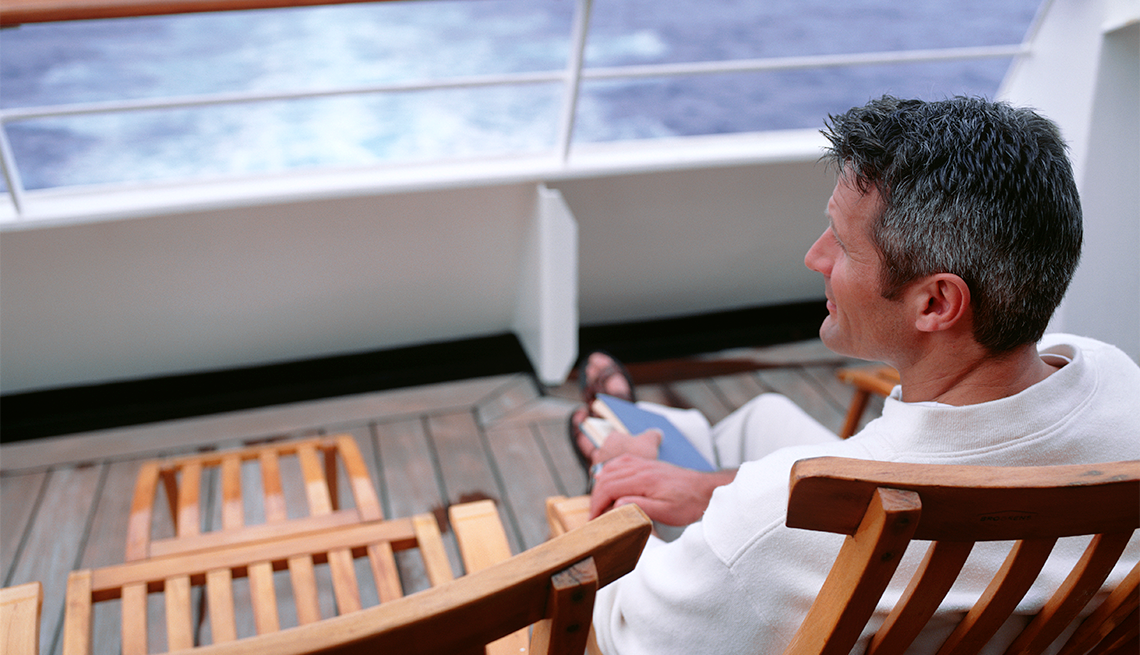
Norovirus cases are rising on cruises. Here’s how you can stay safe
- Select a language for the TTS:
- UK English Female
- UK English Male
- US English Female
- US English Male
- Australian Female
- Australian Male
- Language selected: (auto detect) - EN
Play all audios:

Just as travel has begun to bounce back after the pandemic, cruise ship passengers are facing another threat to their vacation: norovirus. Thirteen ships so far this year have reported
outbreaks of the highly contagious stomach bug, the most since 2012, according to the U.S. Centers for Disease Control and Prevention (CDC). Nearly 1,700 passengers have come down with the
virus, which causes vomiting, nausea, diarrhea and stomach pain. Not only does it take the joy out of vacation, keeping passengers confined to their stateroom, but for older travelers,
there’s a concern of dehydration, doctors say. The bug thrives in crowded conditions and is spread through food and by touching contaminated surfaces. The easiest way to avoid the ailment is
to wash your hands with soap and water after using the bathroom, before eating and after touching surfaces touched by others. Samuel Mathis, M.D., an assistant professor in the University
of Texas Medical Branch Department of Family Medicine, says the resilient virus can live for days and there are plenty of places for it to linger on cruise ships: “Door handles, stairway
banisters, tongs for food at the buffet, things that a lot of people touch that aren’t cleaned between each use.” And washing your own hands isn’t enough. Mathis says older passengers and
others traveling with family face a risk from others in their party. For example, if grandchildren aren’t careful hand-washers, they can easily infect their grandparents and others. Mathis,
who works in Galveston, Texas, a cruise port, has seen passengers with norovirus. He says that while the virus itself is uncomfortable, it isn’t typically dangerous. “The biggest risk for
almost everyone — but especially for seniors — is actually the risk of dehydration: losing all that fluid through nausea, vomiting and diarrhea.” Symptoms of dehydration include extreme
thirst, lack of urination and dizziness when standing, Mathis says.
